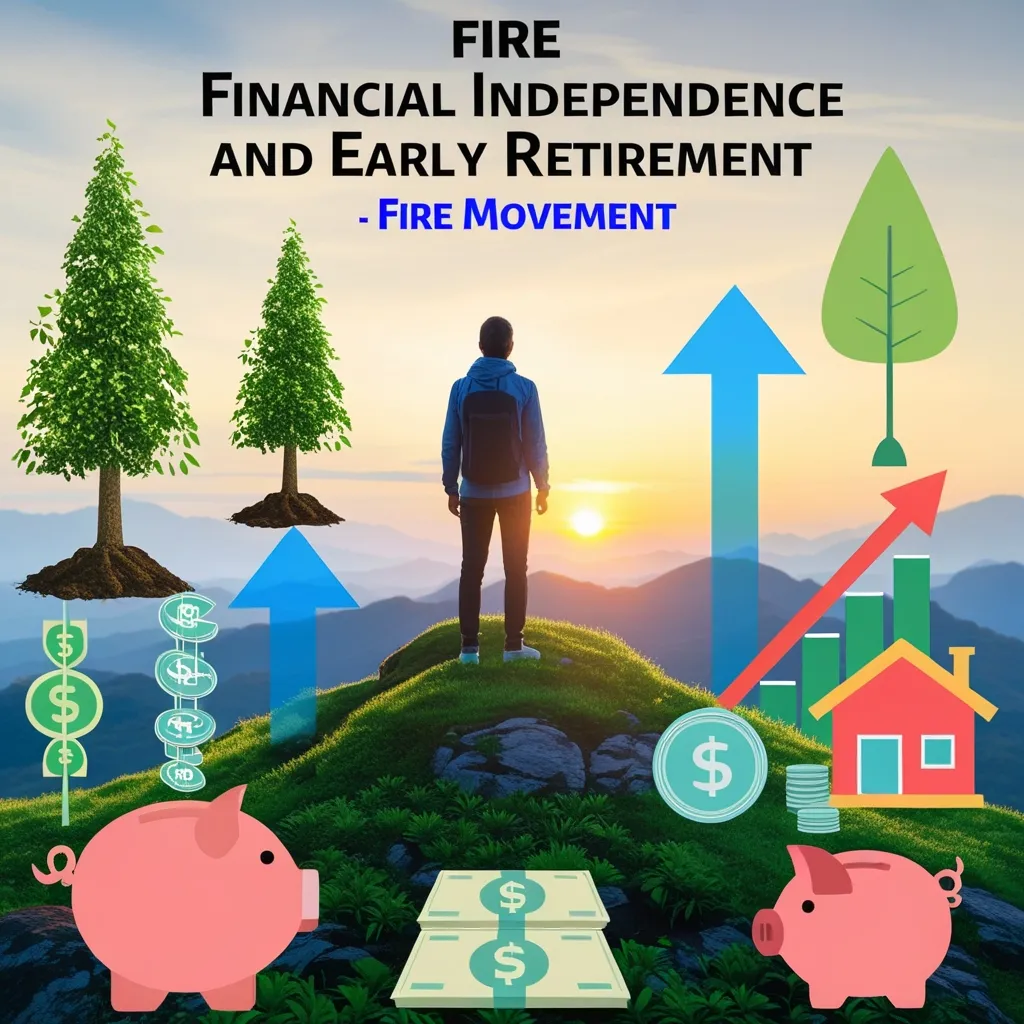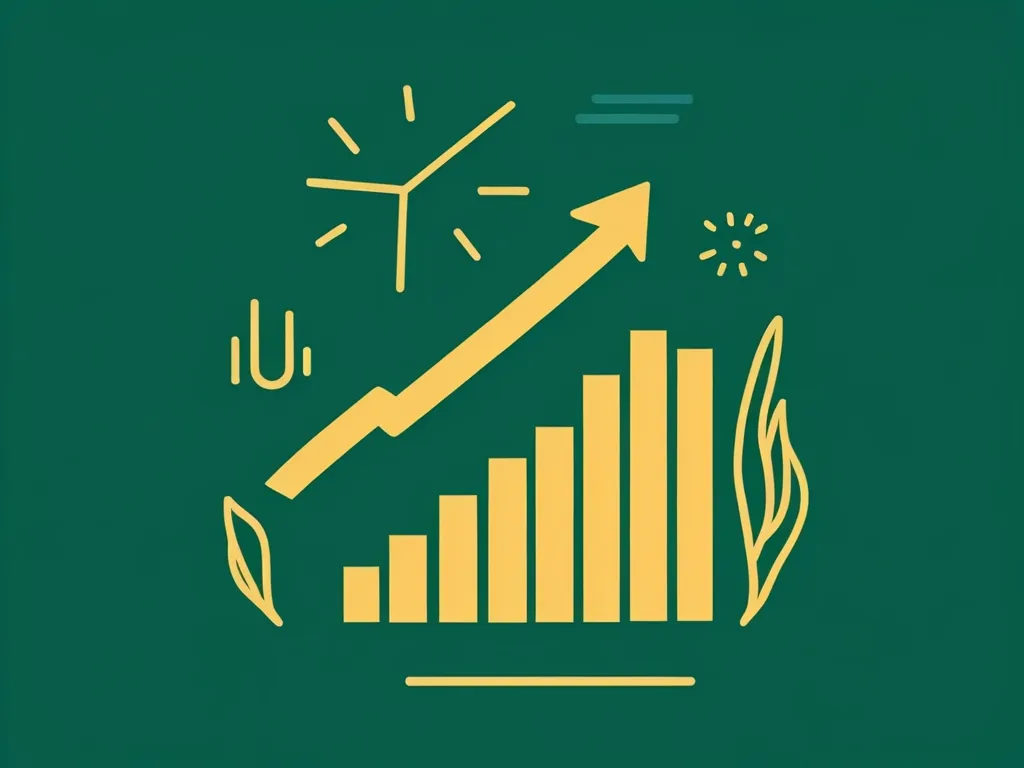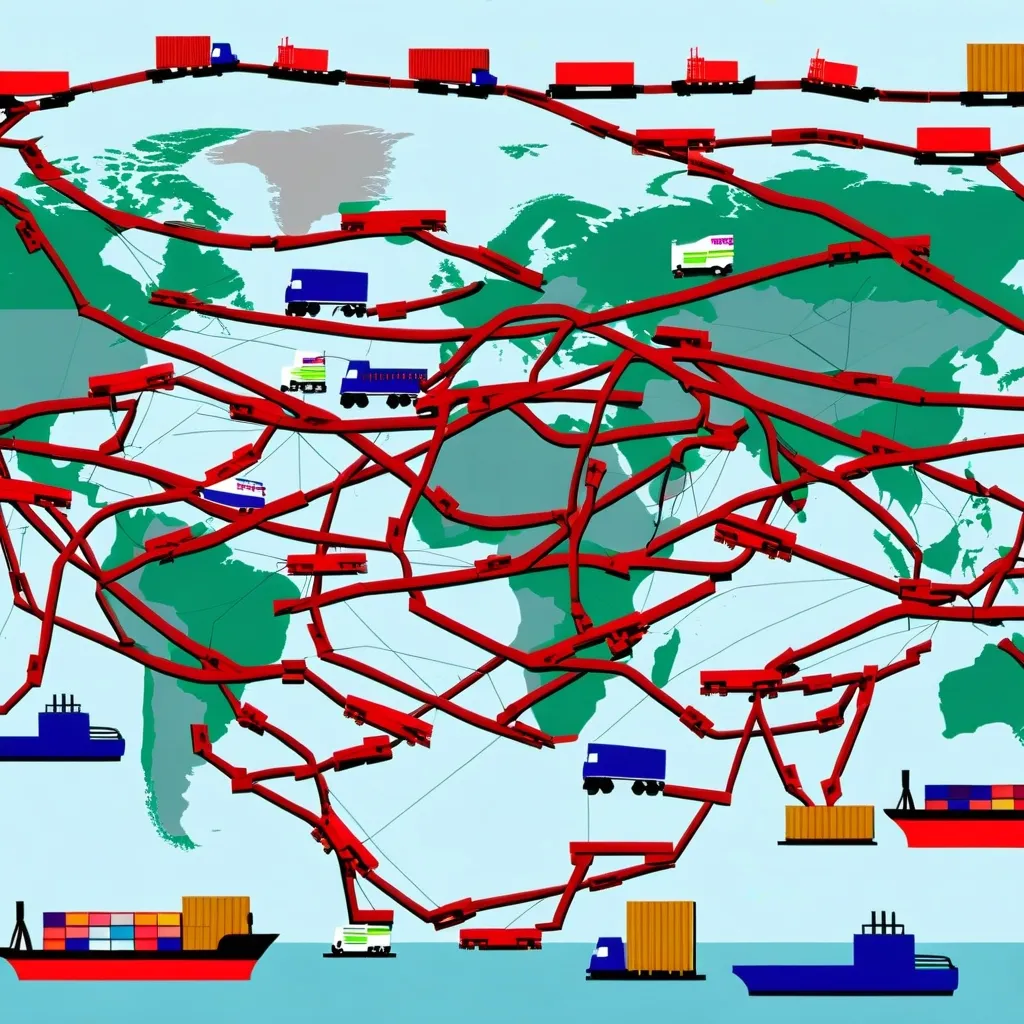The buzz around the idea of retiring early and hitting financial freedom is gaining steam, thanks to the Financial Independence, Retire Early (FIRE) movement. This trend is all about scrimping, saving, and smart investing to break free from the 9-to-5 grind and take the reins on how you want to live your life.
The Gist of FIRE
At the core of the FIRE movement are two main principles: save a lot and invest smart. Folks aiming for FIRE set aside 50% to 70% (or even more) of their income, which is way above the average savings rate. By doing this, they build up a hefty stash of cash to cover their living costs once they retire. Let’s break it down: if your monthly expenses are $6,000, that’s $72,000 a year. To retire easy, you’d need to save up 25 times that amount, which comes out to a cool $1.8 million.
Figuring Out Your FIRE Number
The “Rule of 25” is like the Holy Grail for FIRE enthusiasts. This rule says you need to save up 25 times your annual expenses to hit financial independence. It’s a handy benchmark to know when you can hang up your work boots for good. For example, if your monthly spending is $5,000, that’s $60,000 a year. Multiply that by 25, and your FIRE number is $1.5 million. That’s the magic number you’re gunning for to live comfortably in retirement.
The 4% Rule
The “4% rule” is another cornerstone of the FIRE philosophy. Basically, once you’ve hit that FIRE number, you can withdraw 4% of your savings each year to cover your expenses. This rule is designed to make sure your savings don’t run dry for at least 30 years. So, if you’ve saved up $1.5 million, you get to pull out $60,000 a year—that’s your annual spend.
Slashing Expenses and Boosting Income
Getting to financial independence means seriously slashing your expenses and finding ways to boost your income. This often means cutting back on non-essential spending like dining out or fancy vacations. It also means hustling to increase your income, whether through a side gig or moving up the career ladder. Living frugally and tossing those savings into tax-advantaged accounts or regular brokerage accounts is a common strategy among FIRE followers.
Covering the Basics
Before diving headfirst into FIRE, you’ve got to make sure your financial basics are rock solid. We’re talking an emergency fund that can cover three to six months’ worth of expenses, wiping out any high-interest debt, and already setting aside at least 15% of your income for retirement. These steps lay a strong foundation for the big sacrifices you’ll need to make for early retirement.
Different Strokes for Different Folks
The FIRE movement isn’t one-size-fits-all. There are different flavors to match different lifestyles and goals. “Lean FIRE” means you save aggressively and keep living on a tight budget even after retiring. “Fat FIRE” is for those who want to maintain a more cushy lifestyle during retirement. Then there’s “Barista FIRE,” a more flexible approach where you semi-retire but still work part-time to keep the income flowing.
Facing the Challenges
Sure, retiring early sounds awesome, but it’s got its own set of hurdles. One big worry is medical expenses before hitting the Medicare age of 65. Also, investments might not always pan out the way you hope, which means you might need to pull out more money than planned or even go back to work. The tight expense cuts needed for the FIRE lifestyle can also be tough to maintain, especially if you’ve got a family or other financial responsibilities.
The Emotional Rollercoaster
Achieving financial independence doesn’t automatically mean you’ll live happily ever after. Many early retirees find themselves feeling lost or unfulfilled, struggling to find a new purpose. Some battle feelings of emptiness or anxiety, despite having all the financial freedom to chase their dreams. It’s super important to think about what you want to do with your time and money after reaching financial independence, whether it’s meaningful work, volunteering, or diving into hobbies.
Finding Your Groove Post-Retirement
Forget the cliché of early retirees lounging by the pool all day. Many people who reach financial independence still look for meaning and purpose in their lives. They often find joy in part-time work, volunteering, or diving into activities they love. It’s about keeping control over your time and energy while finding fulfillment in retirement.
Weighing the Good and Bad
The FIRE movement offers plenty of perks, like less stress and better mental health. Quitting the daily grind can ease work-related anxiety and give you more time to focus on what you love. But it comes with big sacrifices too, like seriously cutting back on spending and living super frugally for years. It might not be the right fit for everyone, especially if you can’t save aggressively or have other financial responsibilities.
Getting Started
If the FIRE movement has piqued your interest, the first step is to take a good hard look at your current financial situation. Use retirement calculators to figure out when you can retire and find the best retirement accounts for your needs. Start cutting your expenses, increasing your income, and investing your savings wisely. Remember, reaching financial independence is a long game that needs discipline, flexibility, and a clear vision of your goals and values.
In the end, the FIRE movement offers a tempting alternative to the traditional retirement path. By saving aggressively, investing smartly, and cutting down on expenses, you can achieve financial independence and retire early. But it’s crucial to understand the bumps along the road and to plan for the emotional and social aspects of life after retirement. With the right mindset and strategy, financial independence can open the door to a more fulfilling and stress-free life.






